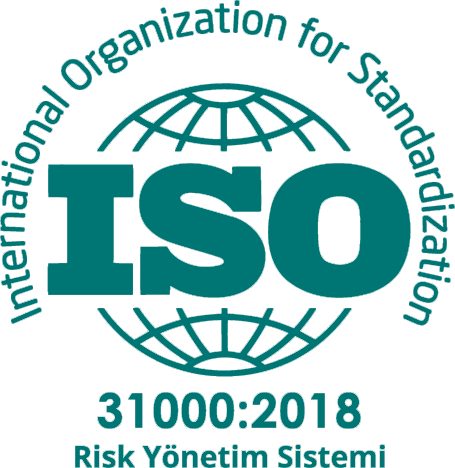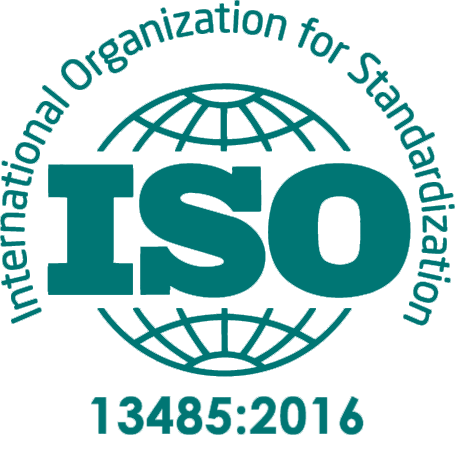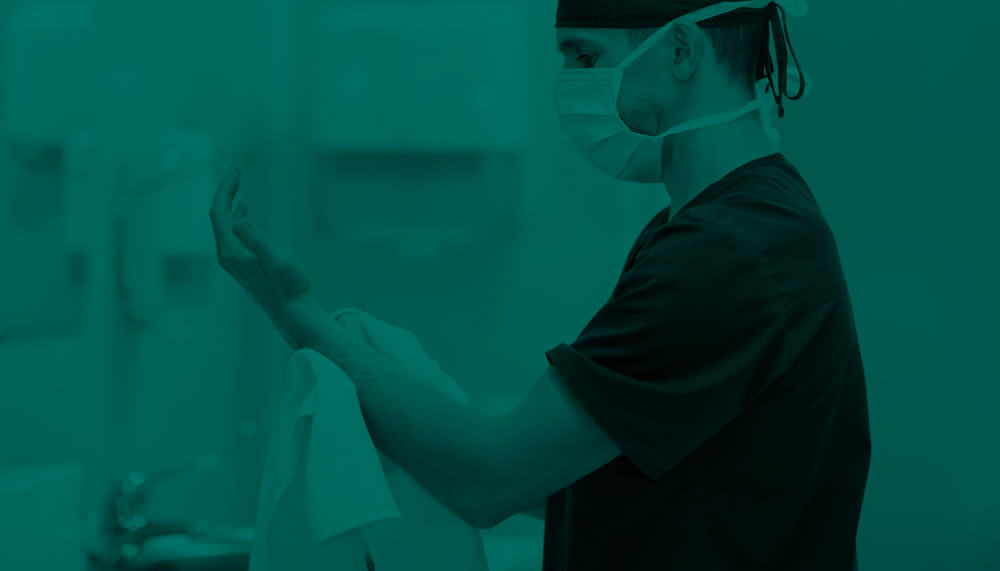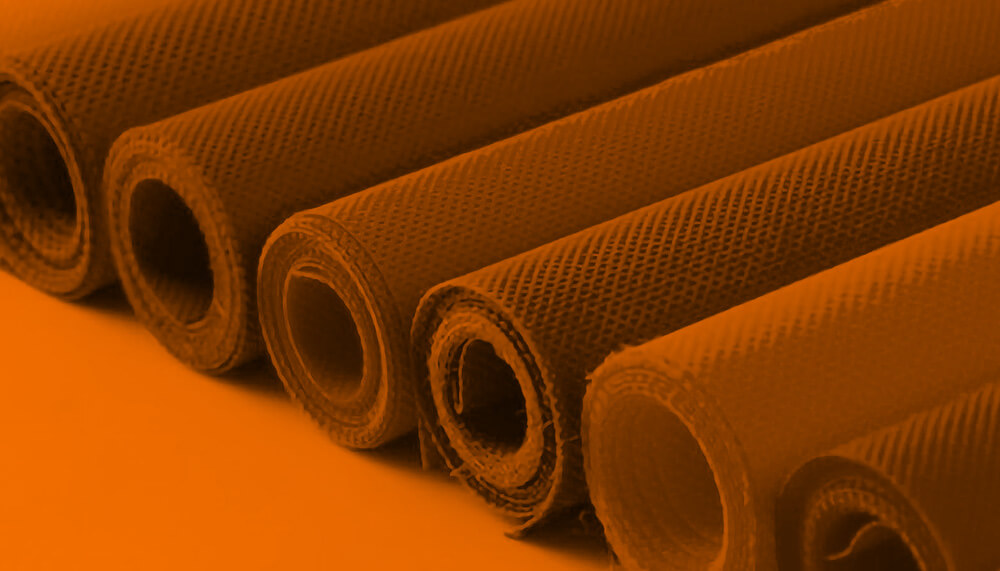How Should a Patient Gown Be Cleaned?
Cleaning a patient gown is crucial for maintaining a hygienic environment and reducing the risk of infection. Here are the steps for cleaning a patient gown:
1. Prompt Action: After removing a soiled patient gown, begin the washing process as soon as possible. Keep the soiled gown in a ventilated area and avoid direct contact.
2. Pre-wash: Pre-wash the soiled gown with a solution containing water and detergent. This helps dissolve and loosen organic matter from the gown.
3. Machine Washing: Wash the gown in an appropriate washing machine. Pay attention to the instructions on the label before washing and use the appropriate temperature setting.
4. Drying: Dry the washed patient gown by hanging it in the air or using a dryer. If using a dryer, dry at an appropriate temperature.
5. Ironing (Optional): If needed, iron the gown at an appropriate temperature. This ensures the gown looks neat and creates a sterile environment.
6. Storage: Store the cleaned and dried patient gown in a clean and dry area. The patient gown should be readily accessible for reuse when needed.
Regularly cleaning and disinfecting patient gowns is an important way to reduce the risk of infection and maintain a hygienic environment. By following the above steps, you can ensure that a patient gown is effectively cleaned.


